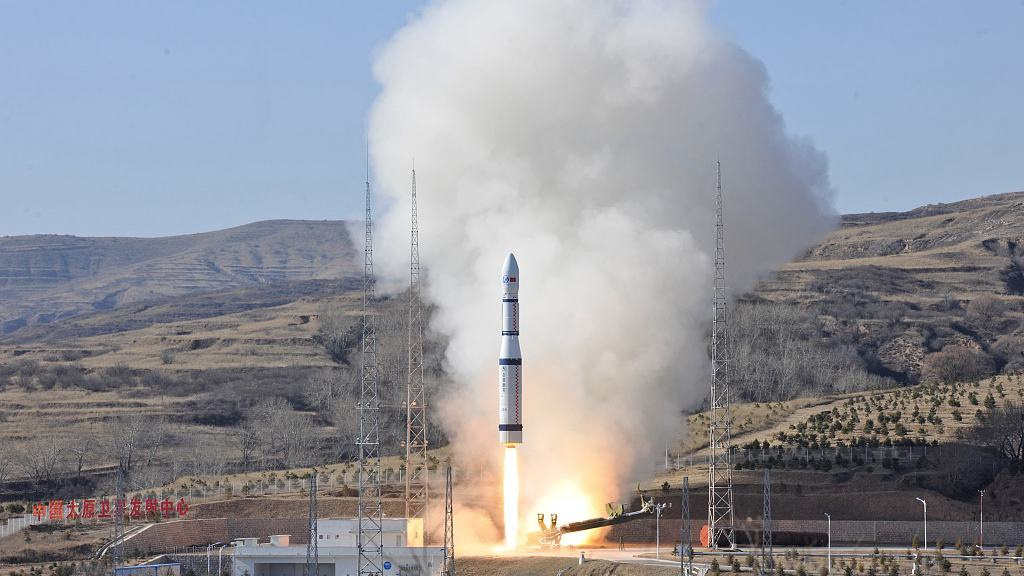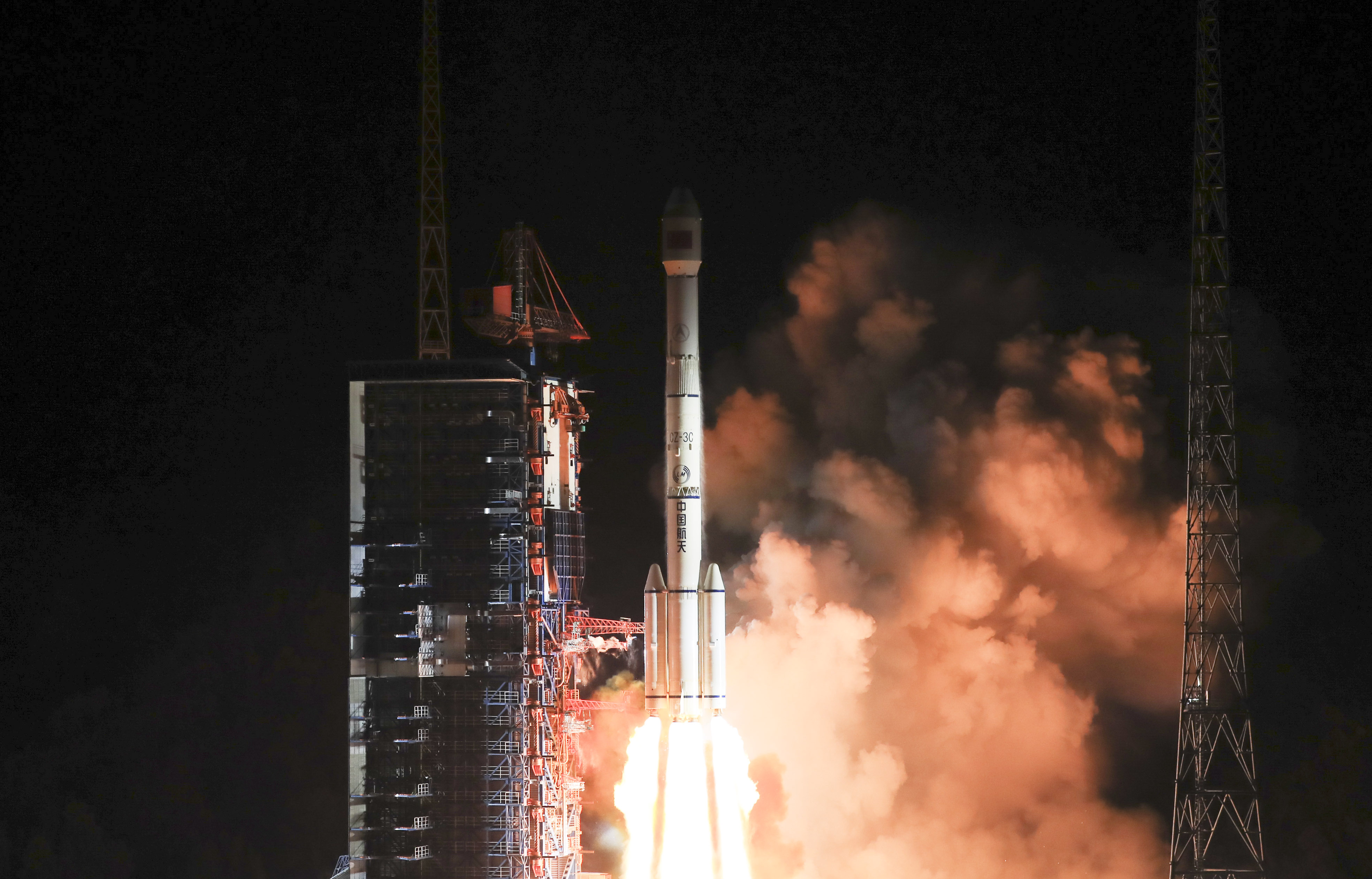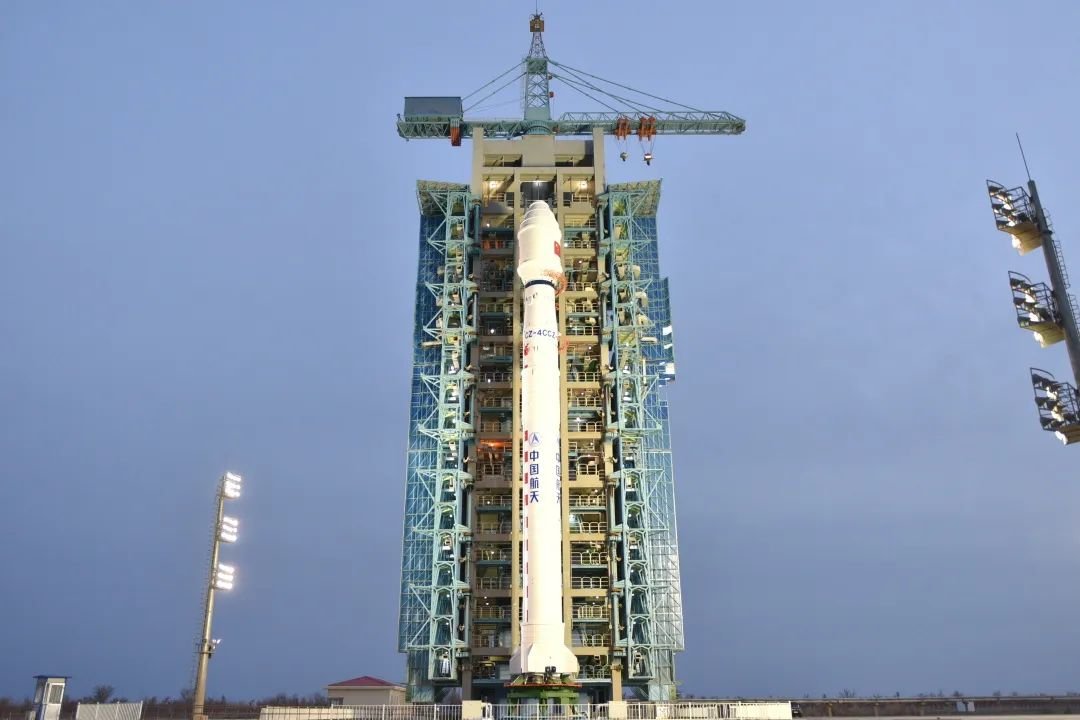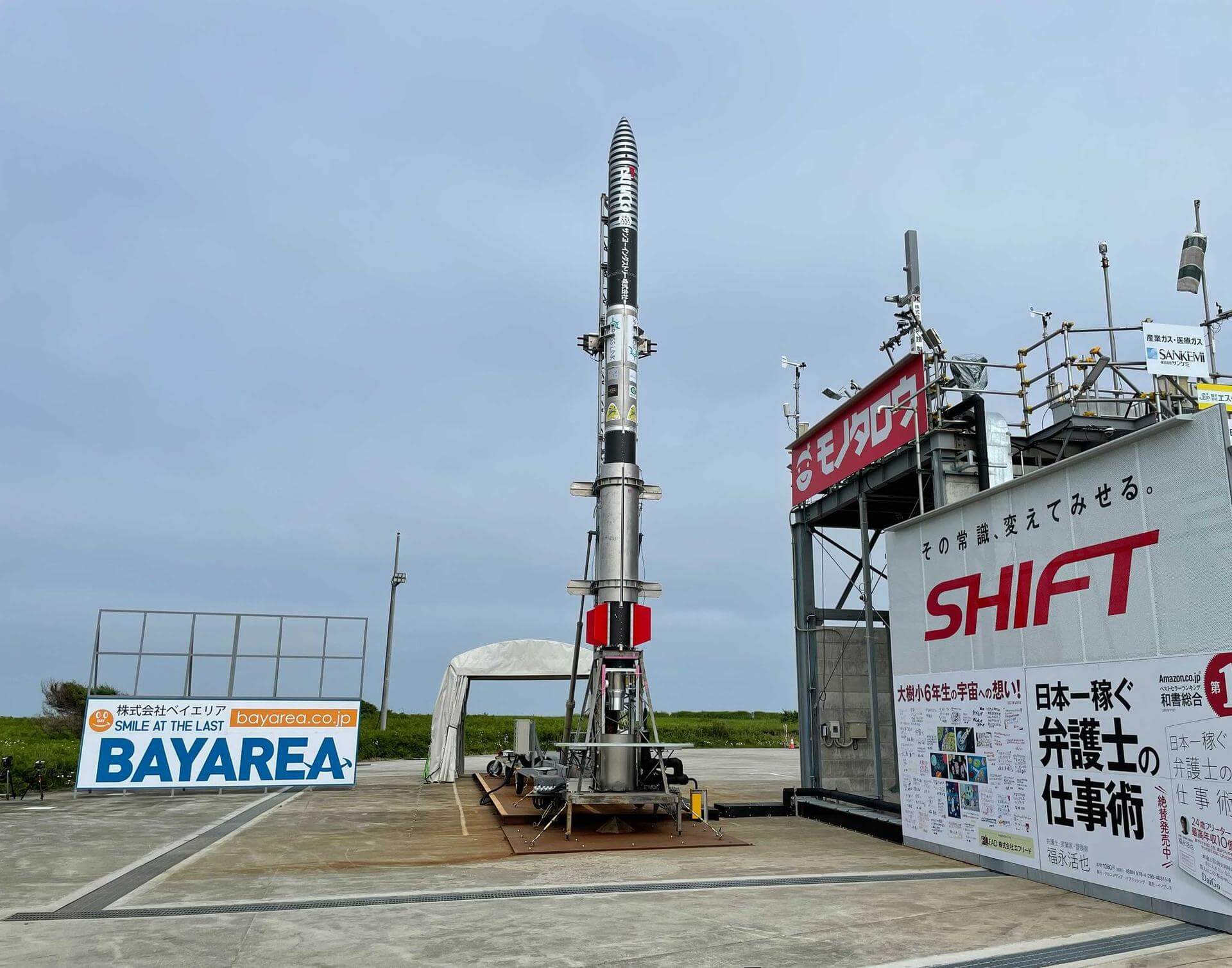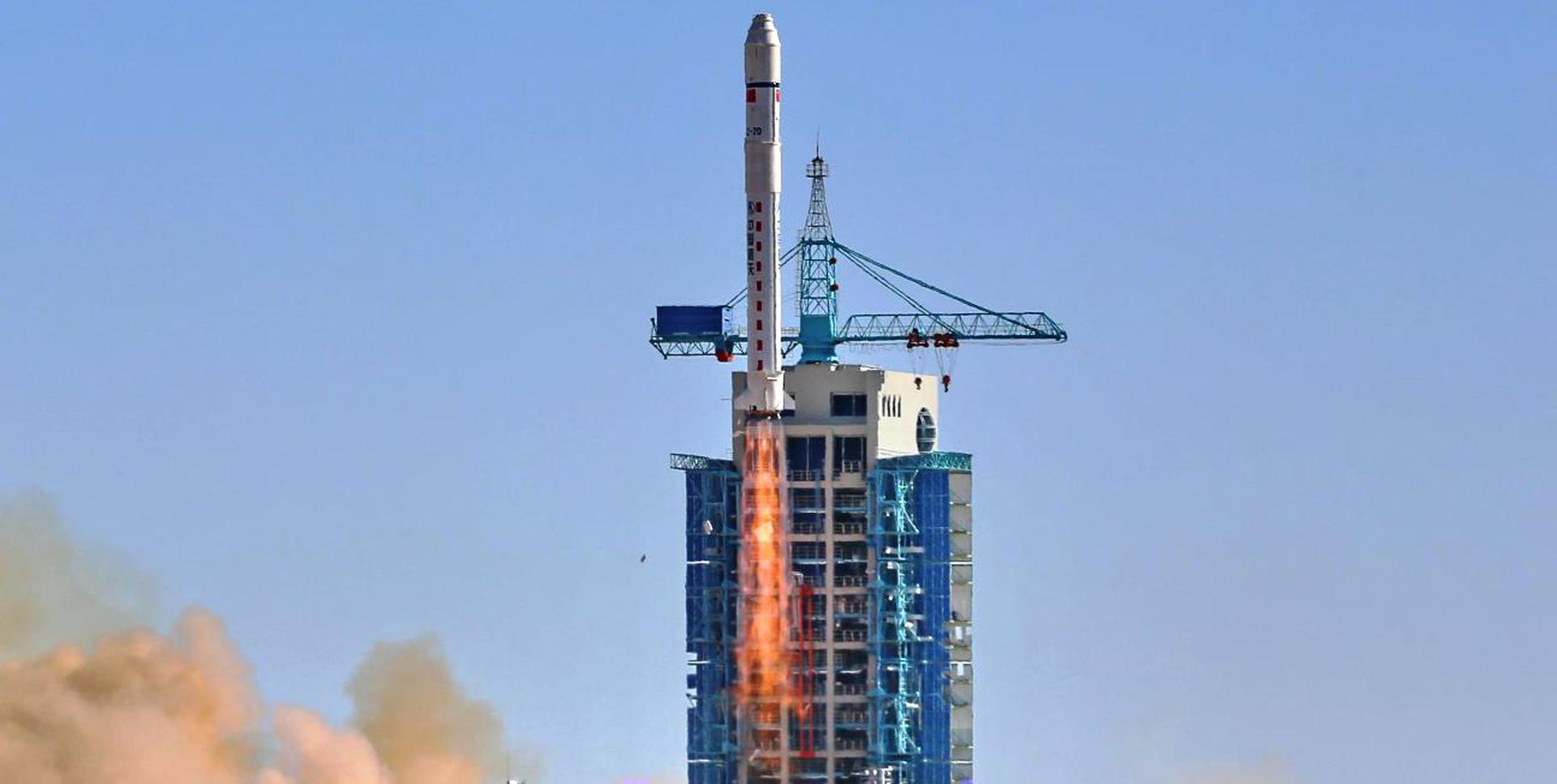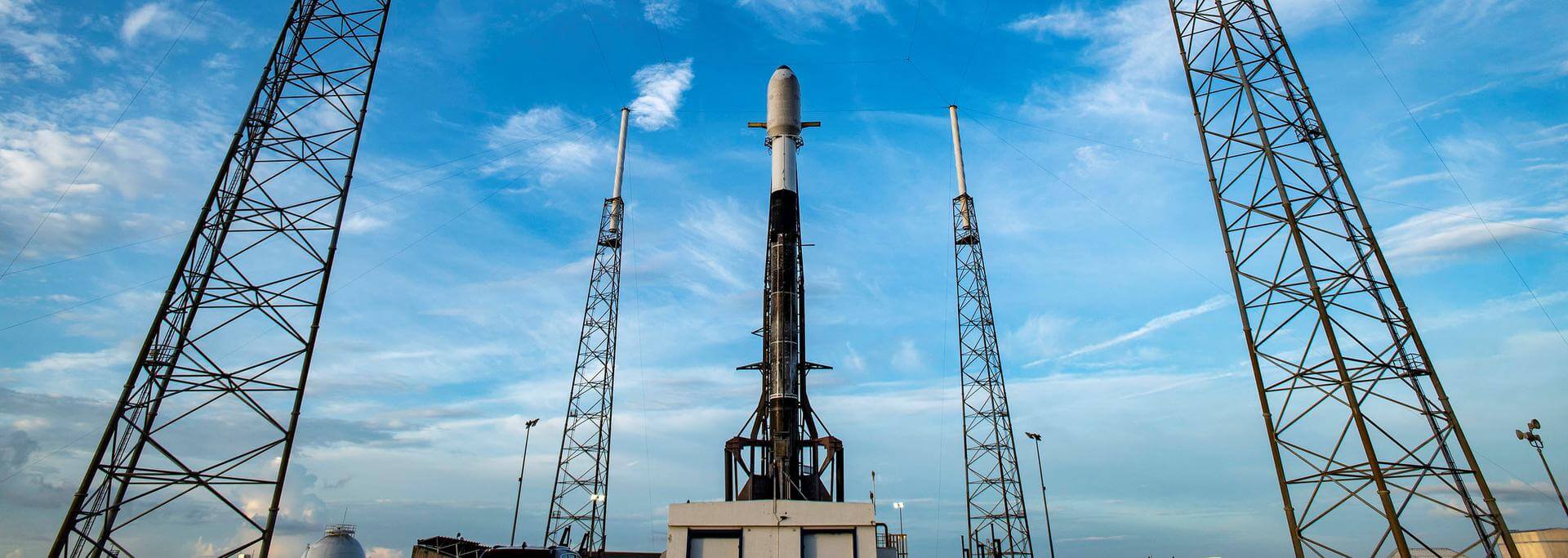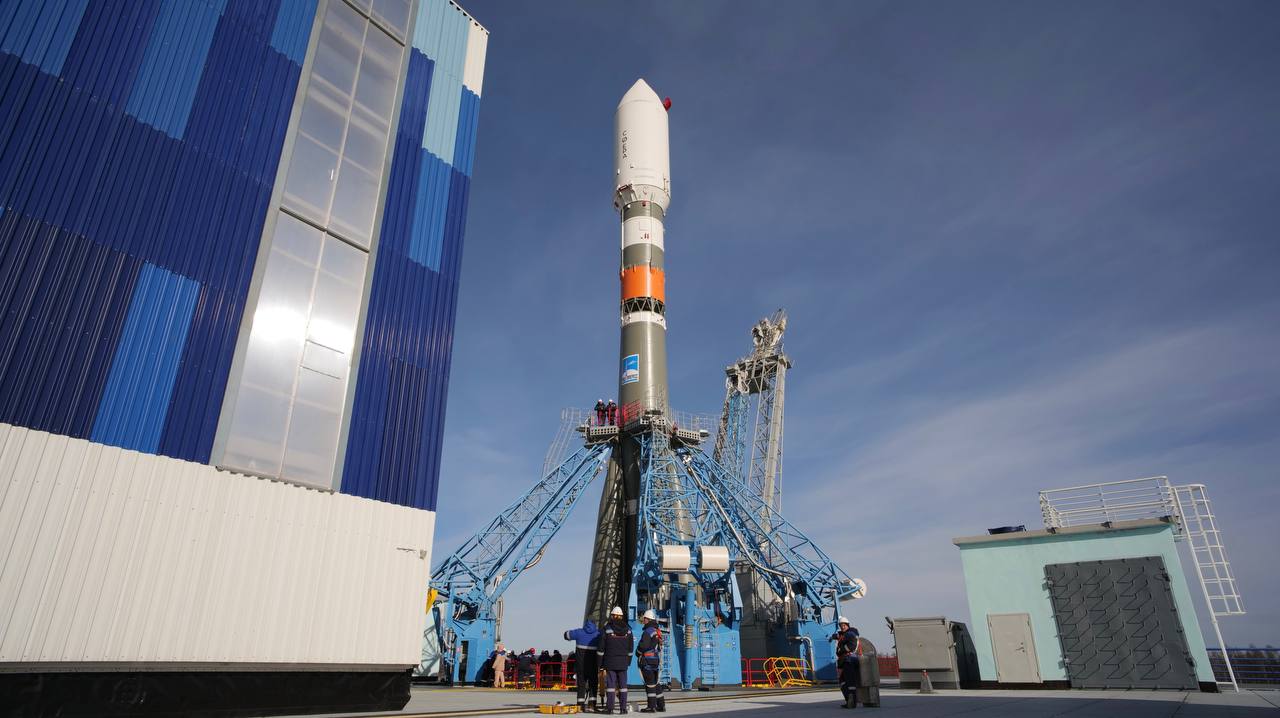Previous Spaceflight Launches
Filter by Agency, Locations or Vehicles
Show All LaunchesLong March 6 | Zhongzi Group 02 (Ningxia-1-02)
China Aerospace Science and Technology Corporation | ChinaTaiyuan Satellite Launch Center, People's Republic of China
July 9, 2021, 11:59 a.m.
Status: Launch Successful
Mission:
The Ningxin-1 satellites (also called Zhongzi) are a series of Chinese commercial remote sensing satellite owned by Ningxia Jingui Information Technology Co. Ltd. The satellites were built by DFH Satellite Co. Ltd of CAST. They have been reported to be a commercial operated global EM spectrum signal monitoring satellite system (SIGINT).
Low Earth OrbitLong March 3C/E | Tianlian 1-05
China Aerospace Science and Technology Corporation | ChinaXichang Satellite Launch Center, People's Republic of China
July 6, 2021, 3:53 p.m.
Status: Launch Successful
Mission:
Tianlian 1, also known as Tian Lian 1, TL-1, and CTDRS-1 is a Chinese data tracking and relay communications satellite series. Based on the DFH-3 satellite bus, it will provide communication coverage for manned Shenzhou missions, from Shenzhou 7 onwards. Functionally, it is similar to the United States Tracking and Data Relay Satellite System.
Geostationary Transfer OrbitLong March 4C | Fengyun-3E
China Aerospace Science and Technology Corporation | ChinaJiuquan Satellite Launch Center, People's Republic of China
July 4, 2021, 11:28 p.m.
MOMO | Flight 7
Interstellar Technologies | JapanHokkaido Spaceport, Japan
July 3, 2021, 8:45 a.m.
Long March 2D | Jilin-1 Wideband-01B & High Resolution 03D
China Aerospace Science and Technology Corporation | ChinaTaiyuan Satellite Launch Center, People's Republic of China
July 3, 2021, 2:51 a.m.
Soyuz 2.1b/Fregat-M | OneWeb 8
Progress Rocket Space Center | RussiaVostochny Cosmodrome, Siberia, Russian Federation
July 1, 2021, 12:48 p.m.
Status: Launch Successful
Mission:
A batch of 36 satellites for the OneWeb satellite constellation, which is intended to provide global Internet broadband service for individual consumers. The constellation is planned to have around 648 microsatellites (of which 60 are spares), around 150 kg each, operating in Ku-band from low Earth orbit.
Polar OrbitFalcon 9 Block 5 | Transporter 2 (Dedicated SSO Rideshare)
SpaceX | United States of AmericaCape Canaveral SFS, FL, USA
June 30, 2021, 7:31 p.m.
LauncherOne | Tubular Bells, Part One
Virgin Orbit | United States of AmericaAir launch to orbit
June 30, 2021, 2:47 p.m.
Status: Launch Successful
Mission:
The mission includes three cubesats for US Department of Defense which are launched as a part of the DoS Space Test Program (STP); the Netherland's first military satellite, a cubesat called BRIK II; and two optical satellites, STORK-4 and STORK-5, for SatRevolution's STORK constellation. The mission name, "Tubular Bells, Part One", references the first music album released by Virgin Records label in the 1970s. The label was established by Virgin Orbit CEO Richard Branson.
Low Earth OrbitSoyuz 2.1a | Progress MS-17 (78P)
Progress Rocket Space Center | RussiaBaikonur Cosmodrome, Republic of Kazakhstan
June 29, 2021, 11:27 p.m.
Soyuz 2.1b | Pion-NKS No. 1 (Kosmos 2550)
Progress Rocket Space Center | RussiaPlesetsk Cosmodrome, Russian Federation
June 25, 2021, 7:50 p.m.
Status: Launch Successful
Mission:
The Russian Pion-NKS (14F139) satellites are the naval component of the next generation ELINT satellite system Liana. As a replacement for both the passive ELINT US-PM and the active radar US-A, they carry both ELINT sensors as well as an active radar.
Low Earth Orbit